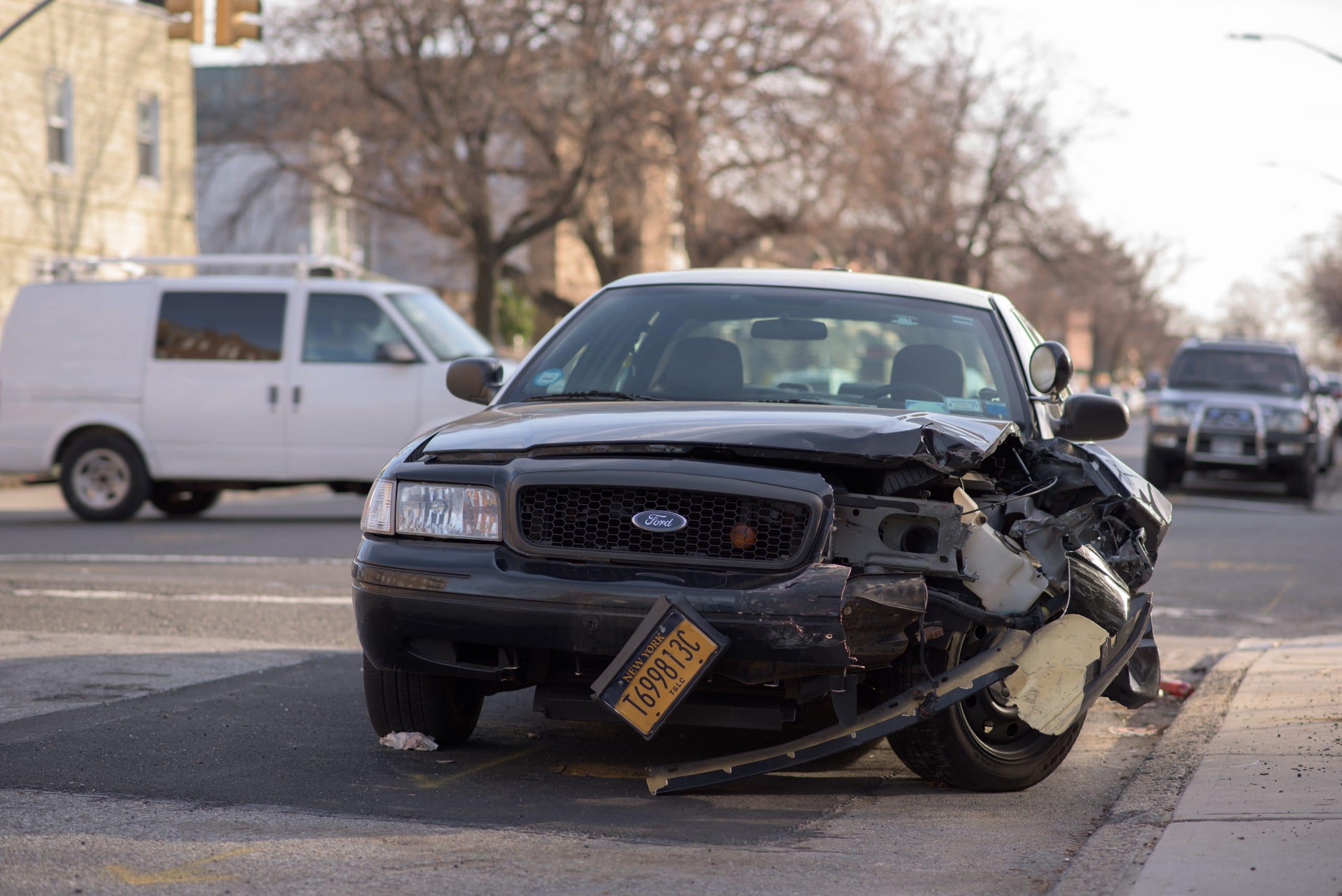Airbags are your car’s preventive defense against major car crashes. In the event of impact from a collision, your vehicle’s sensors trigger a mechanism that rapidly inflates an airbag to prevent everyone in the vehicle from suffering severe physical damage. It occurs by inflating within 30 milliseconds to absorb the shock you would experience on your upper body.
Although this feature comes in handy during serious accidents, it’s only effective once. This is why it’s necessary to reset and replace your car’s airbag module after it deploys.
Replacing Your Car’s Airbag Module
Plenty of work goes into replacing and repairing your car’s airbag system. While an airbag system is well-engineered to protect a car’s passengers from life-threatening impacts, it’s only a single-use product. This is because the risk of its imprecise deployment increases significantly due to improper resetting of reusable airbags. Any components damaged during the collision should be replaced to ensure proper deployment in case of another accident.
When getting an airbag module replacement, here are five things that need to be considered:
1. Car Crash Data
Your car’s airbag control unit stores information about the recent car crash. This allows your car repair shop technicians to understand which parts need replacing and if some systems need reprogramming to ensure safe and precise deployment.
Part of this data includes the collision damage to your car. During a major impact, there will usually be significant structural damage to your vehicle. Bumpers, headlights, wires, and numerous mechanical parts may also be compromised after an accident.
2. Crash Sensors
During the impact, your car’s crash sensors may be damaged or completely destroyed. These sensors are among the key components that need to be replaced to ensure that your vehicle will recognize collisions in the future.
3. Airbag Modules
Your airbag modules need to undergo repairs to ensure that they will deploy properly in the future. In some cases, your steering wheel may also be damaged after the crash. This calls for a total replacement of the wheel and other parts, which could include replacing your entire dashboard.
4. Clock Springs
During the deployment of your airbag, a chemical reaction involving an explosive compound charge ignites to create a controlled explosion. This is contained within the airbag’s fabric, allowing nitrogen gas to fill immediately to brace your upper body from impact. Sometimes, the explosion can melt the clock spring’s electrical connectors. Without it, your airbag modules would not trigger even if your car sensors detect danger from severe impact.
5. Seat Belt Pretensioners
Aside from your airbag modules, your seat belt pretensioners also need to be replaced. During a car crash, a mechanism will trigger the tightening of its three-point seatbelt to restrain a passenger in their seat. Since it’s also an emergency response to a strong collision, it’s a single-use trigger that needs replacing.
Conclusion
Even after recognizing its different components, it will be nearly impossible to reset your vehicle’s airbag module yourself. While every accident varies depending on the damage sustained, it’s considered safer to get total replacements of all the components mentioned above and even more if necessary.
Although car models reused airbags in the past, it’s the right choice to receive a complete replacement after going through a car crash. Thankfully, you don’t have to head to your car’s original manufacturer to get a replacement airbag module. There are plenty of service providers that can address your car’s repair needs.
Trusting the right car repair shop will ensure that your encounters with dangerous car crashes won’t be your last trip behind the wheel. If your car requires an airbag module reset after a severe car accident, we’re the right company to call. Contact our expert technicians at Safety Restore today to get the proper treatment your car needs.

